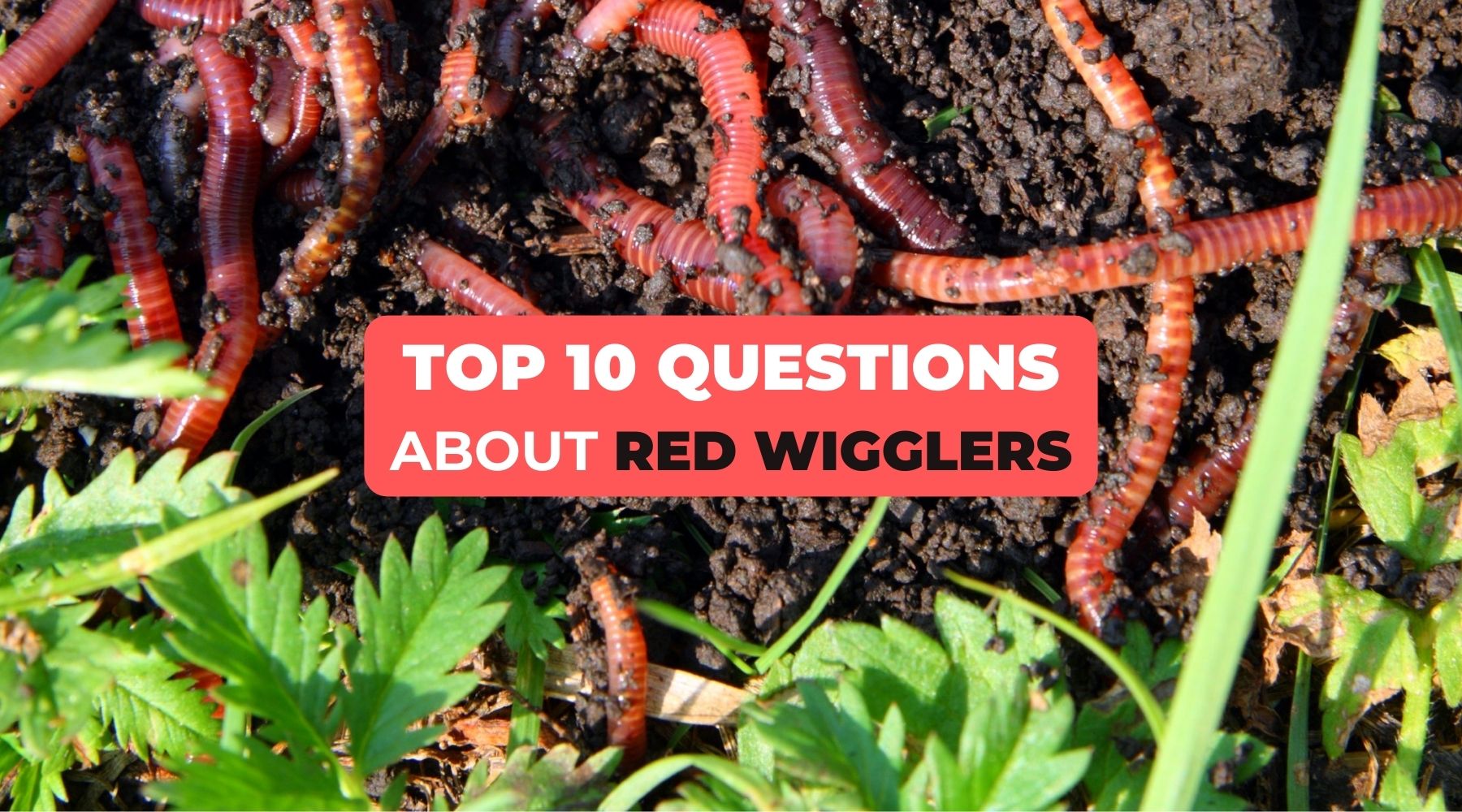Getting The Red Wiggler Express To Work
Getting The Red Wiggler Express To Work
Blog Article
Getting The Red Wiggler Express To Work
Table of ContentsRed Wiggler Express - The FactsMore About Red Wiggler ExpressThe Only Guide to Red Wiggler ExpressFascination About Red Wiggler ExpressExamine This Report on Red Wiggler Express
Some worm farmers really hold back food and water to replicate dry spell conditions and bump up cocoon production. We do not recommend this for the home composter as it has the possible to eliminate off too numerous of your best worms. Now that you recognize all about the red worm it's time to go out and discover an excellent supplier and obtain an extra pound or 2 and begin your very own worm ranch.We'll speak about how to maintain red wigglers and why they ought to be the go-to worm for the majority of composters. Enjoyable fact: The "fetid" part of the binomial name refers to what some say is a fetid secretion the red wiggler makes use of to fend off killers. The anatomy of a red wiggler appears like that of other typical earthworms; a long-segmented body begins at the sharp head and terminates at a slightly-flatted tail.
The 10-Minute Rule for Red Wiggler Express
The digestion tract is basic, starting at the mouth where the worm begins to eat its food before passing it on to the throat. The throat is a muscular section which imitates a pump to pull food into the mouth before pumping it out right into the esophagus. The esophagus is slim and thin-walled and serves as the "waiting area" for the gizzard.
Note: This demand for grinding is why grit is advised in a worm bin. The worm features no native grinding ability so the worm relies upon ingested grit to help grind its food in the gizzard. The tummy is where the very first chemical malfunction of food occurs with the assistance of a protein-busting enzyme.

Within 42 days, these infant worms will reach sex-related maturity as shown by the emergence of the clitellum. A fully grown red wiggler can be expected to live in between one to three years. The magnificent red wiggler might often be used as a lure worm for smaller fish or as a healthy protein source for hens and reptiles.
See This Report on Red Wiggler Express
And as pointed out over, they are one of the most typical composting worm in the globe. Why? Well there's most likely not just one factor. Instead, a mix of price, strength, and comfort in a large range of temperatures makes it the most ideal composting worm for a lot of brand-new vermicomposters. Red wigglers and their cocoons can survive in a large range of problems.
This is an usual practice among worm shippers that do not wish to run the risk of having the worms sit in a warm or cold storehouse over the weekend break. Worm growers are not storing worms in a situation where they prepare to ship. The worms have to be collected from their environment first, so cultivators will certainly commonly establish a Friday or Saturday due date in order to harvest in time for a Monday shipment.
To conserve on delivery cost, you might desire to see if there are any type of nearby "Mom and Pop" stores via a Google search (Red Wigglers For Bait).
I call these the "Huge 3" variables of worm container upkeep. If you maintain all 3 within suitable varieties, after that there's not * that * much that can go wrong with your container. As discussed earlier, red wigglers have a vast temperature tolerance. For best results, keep a temperature level of 55F-90F. Brief departures out of that temperature level variety are great.
Facts About Red Wiggler Express Revealed

For finest outcomes, you wish to strive concerning 60-70% moisture degree. The most basic test for this is to squeeze a handful as difficult as you can. At the excellent moisture degrees which is just under 70% that handful must hardly yield one drop of liquid. pH in a worm bin is rather very easy to maintain.


The European Nightcrawler, the bigger cousin of the red wiggler, is just as ravenous and likewise produces a great bait worm. It favors a little bit of a cooler atmosphere than the red wiggler. The African Nightcrawler is an extremely huge composting worm and makes a beautiful, granular cast.
The Indian Blue is starved, however also favors a warmer climate and it likewise displays a propensity to run away the container. The red wiggler is a hardy worm and isn't as picky about its climate. I like to call it the Ford Taurus of vermicomposting worms; you will not boast to your hardcore composting pals that you have them, yet they will certainly offer you well.
10 Easy Facts About Red Wiggler Express Described
Guaranteed alive 1/2 pound of hand sorted Red Wigglers/Compost with worms (+500 worms) in various stages of life from cocoons to mature worms in their all-natural environment/bedding. Hand arranged worms reduced the disturbance of the worms thus insuring live delivery. Red wiggler worms do not like vibrations or light.
Report this page